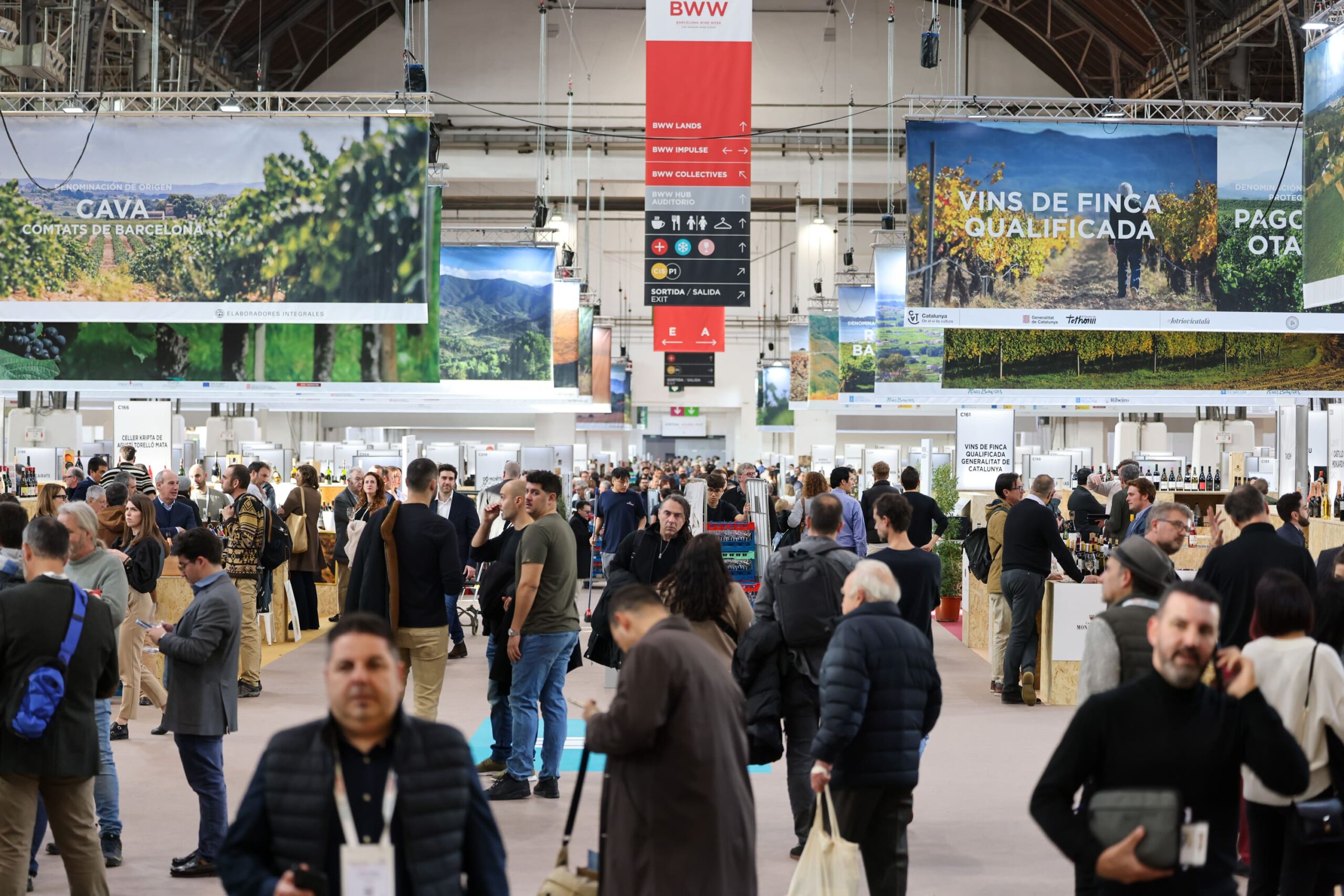Argentina’s Pedernal: The Uco Valley of San Juan?
For all the hype that surrounds Argentina’s Uco Valley in Mendoza, there is another region that stands to claim some of its high altitude, cool climate fame – the Pedernal Valley in San Juan.
The province of San Juan is located to the north of Mendoza, and is home to several grape growing regions, including the lower valleys of Tulum, Ullum and Zonda, but the Pedernal Valley is its most revered, producing cool climate wines at altitudes of between 1250 to 1500 masl, rivalling the highest cultivated parts of the Uco Valley’s northern sub region of Tupungato (which comprises Gualtallary and Altamira) in terms of its altitude. (It should be noted that San Juan’s Calingasta and Iglesia vineyards rise to an even higher 1700 and 2000 masl respectively, but are far less developed than Pedernal.)
But while the Uco Valley has gained rapid investment and widespread recognition since its first vineyards were planted in the 1990s, the province of San Juan, and specifically the boutique bolthole of Pedernal, has been largely overlooked – its burgeoning potential obscured in many ways by the might of Mendoza.
While producers are still flocking to tucked away corners of the Uco, shouting about Gualtallary and the vertiginous Altamira, the remote, isolated Pedernal Valley has quietly been shored up by just five companies, which together control grape production throughout the entire valley.
Today, the region is almost entirely planted out at 850 hectares, with the most significant difference between San Juan’s Pedernal and the Uco being their soil profiles.
While Pedernal’s soils, like the Uco, are alluvial, the mountain range within which it lies is older, offering different mineral compounds and composition of stones, which are angular in shape compared with the smooth, round, calcareous stones of the Uco Valley.
“We have very special soils in Pedernal,” said Jose Ruben Morales, wine manager at Bodega Callia, which produces wines in Pedernal under its Pyros label.
“Now we are having studies to know the real composition but when you taste the wines you can tell the difference in freshness and concentration. For me it’s a relationship with the soil composition. Pedernal is the perfect combination between altitude and special soils. We have different kind of stones like limestone and flint, with calcareous materials, but also sand, silt and clay. For me it’s unique in the world because it’s very difficult to find soils like Pedernal, and also high altitude as well. It’s different from any other region.”
A MINI UCO VALLEY?
Planted at the beginning of the 1990s, much like the Uco, Pedernal is still at the beginning of its winemaking exploration, but the potential for it to be recognised as a mini-Uco is already there, believes Morales, who has seen an increasing number of wineries eyeing up the region and buying in grapes to use in their Uco Valley wines to “test” the region’s potential. Producers are allowed to use up to 15% of grapes from another region.
“A lot of the big wineries are looking to Pedernal,” he said. “We could not have imagined this meeting [with the drinks business] five years ago. In the last three years Pedernal is making news, because before then we knew Pedernal, but the people didn’t know the quality.”
Recognised as an official GI since 2007, the Valle de Pedernal benefits from a cool, continental climate and year-round sun, resulting typically in thicker grape skins, concentration of flavours and natural acidity, giving their wines the potential to age, say its producers.
“The ageing potential is there with these thicker skins because at higher altitudes you have much more influence of the UV rays coming from the sun, so there’s a mechanism for the vines to protect,” explained Ignacio Lopez, chief winemaker of Graffigna Wines, part of Pernod Ricard.
Partner Content
“We would like to think of the romantic idea that a grape wants to become wine, but that’s not true. They just want to protect their seed and protect the vine. They protect it by thickening the skin. It concentrates and gives colour and is everything we love, and also translates into much ageing potential, more acid, tannins, colour and concentration. Many of the aromas of the grapes are in the skin so that’s why the high altitude wines are so expressive and intense.”
The challenge therefore, adds Lopez, is not to over extract the wines, as while “concentration and altitude is beautiful”, it can be a “double edged-sword”.
Grapes that thrive in Pedernal include include Malbec, Cabernet Franc, Chardonnay and Shiraz – grapes which have a moderate ripening period – due to the late spring frosts that the region can encounter, as well as Sauvignon Blanc and increasingly Pinot Noir.
“That’s another reason why grape growing in Pedernal is very expensive,” added Ignacio. “The yields go down because if you have big quantities of grapes to ripen you won’t make it. And when you are producing high altitude grapes and you don’t ripen grapes fully then the tannins are very aggressive.”
This year Bodegas Los Toneles released its first Gewurztraminer from the Pedernal Valley under its Fuego Blanco label, and also produces a Malbec/Syrah blend using part carbonic maceration, with oenologist Pablo Bassin explaining that they are still working “to see what is possible” in the region.
EXTREME TERROIR
The region is still in its infancy, but producers here are keen to raise its reputation and recognition among the big players in Argentina.
While there is little potential for increasing volumes, for Lopez the only direction that winemakers can take the Pedernal Valley is toward premium, terroir-focused wines, largely targeting the on-trade, in part because of the expense involved in producing wines there.
“Irrigation is expensive and the water is really difficult to find and the grapes from Pedernal ripen, broadly, one or two months later than Tulum,” he says. “There is a lot of risk of hail and problems with rainfall. It’s not a mainstream terroir. Transportation is expensive, everything is expensive. So you cannot produce mainstream wines.”
“When people say what is Pedernal like, the first word that comes to mind is “extreme” – in a good way. It’s a very marginal terroir. It’s really challenging to produce grapes there because of the frost and hail. It’s a very extreme terroir and in my opinion that translates in the wines – extreme terroirs produce extreme wines. The potential of the area is incredible. So many wineries are looking to Pedernal and we have to understand and learn more about this region.”




